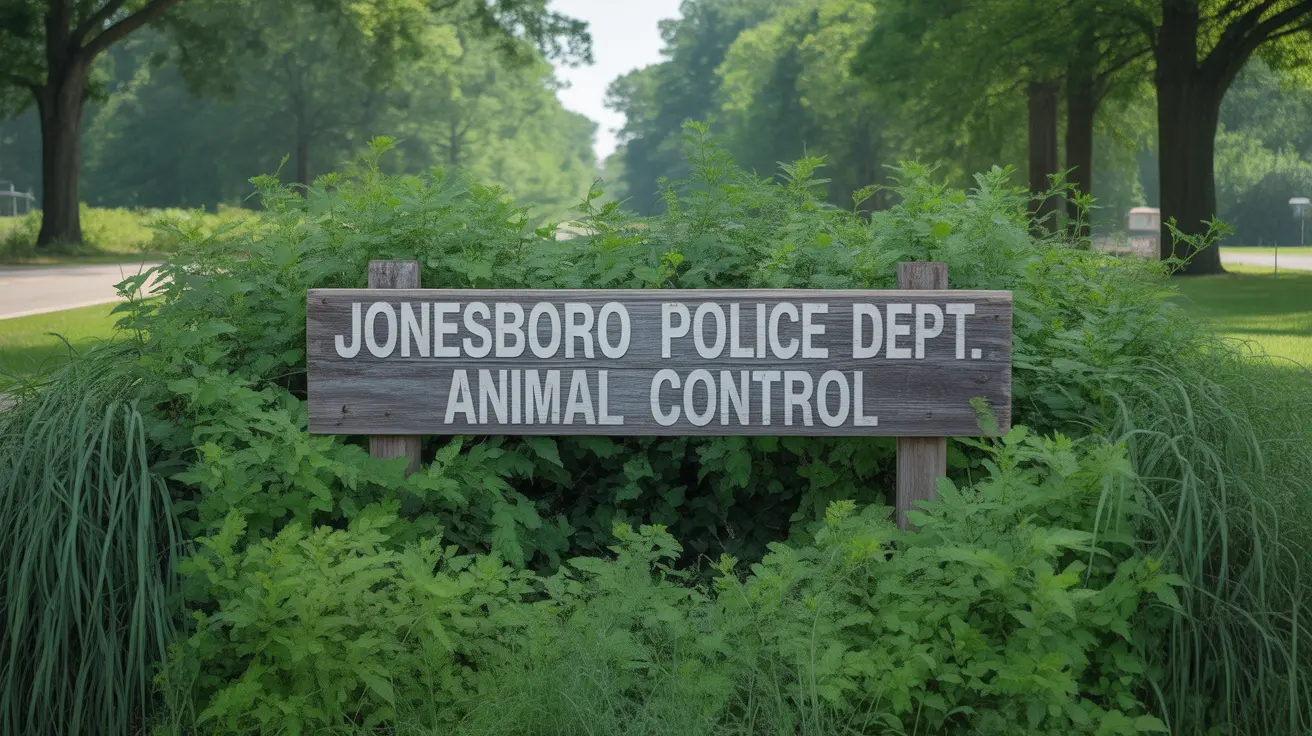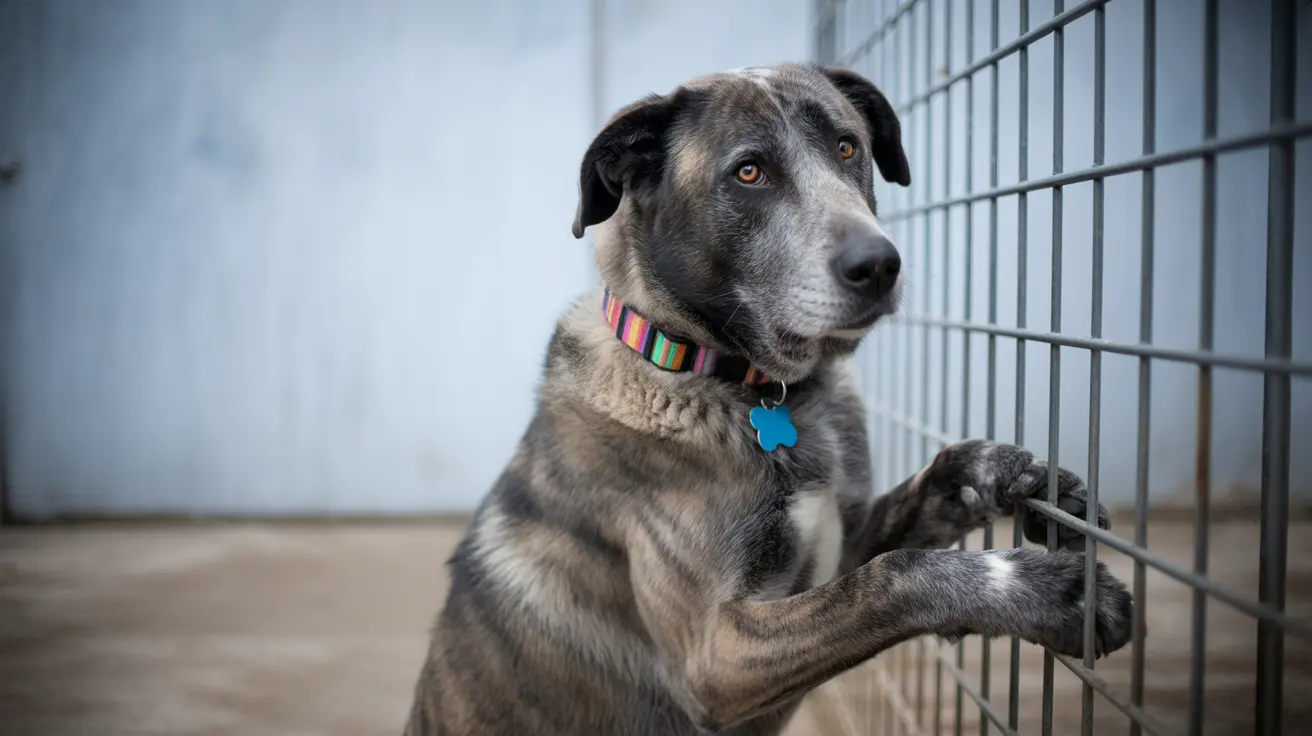Recognizing Warning Signs After Spaying a Dog
Spaying is a common and generally safe surgical procedure for female dogs, but attentive post-operative care is crucial. While most recoveries are smooth, knowing what to watch for can make all the difference in your dog's health and comfort.
What’s Normal After Spaying?
In the first 24 to 48 hours after surgery, your dog may seem groggy or tired. She might have a reduced appetite, shiver occasionally, or act more irritable than usual—these are typical responses to anesthesia and surgery. The incision site may show mild swelling, slight redness, minor bruising, or a small amount of bloody discharge during the early days. These signs generally resolve on their own as healing progresses.
- Decreased energy and less interest in food for up to two days
- Mild whining or sensitivity the night after surgery
- Slight swelling or redness at the incision line
These symptoms are expected and usually don’t require special intervention beyond basic care and monitoring.
Warning Signs That Require Attention
Some changes indicate complications that need prompt veterinary assessment. Don’t wait if you notice any of these:
- Significant or persistent swelling at the incision site (not just mild puffiness)
- Colored discharge—yellow, green, or anything with a foul odor—from the wound
- Excessive redness, heat, or pain at the incision site
- The incision opens up or begins to gape
- Pale gums (which can signal internal bleeding)
- Sustained lethargy or lack of appetite beyond 48 hours post-surgery
- Pain that doesn’t improve with prescribed medication (such as shaking, hiding, drooling)
- Vomiting or diarrhea lasting longer than 24 hours—some vomiting right after anesthesia can be normal but shouldn’t persist
If you see pus at the incision site or smell something unpleasant coming from it, that’s also a red flag.
Emergency Signs: Act Immediately
- Continuous or heavy bleeding from the incision past the first few hours post-surgery
- The incision opens completely or sutures/staples fall out prematurely
- Consistent vomiting that won’t stop
- Trouble breathing (labored breathing) or your dog becomes unresponsive
- The wound appears severely infected or your dog loses coordination
If any of these occur, seek emergency veterinary care without delay.
Daily Monitoring Tips for Safe Recovery
- Check your dog’s incision at least once or twice daily for changes in color, size, swelling, heat, discharge, or odor.
- Prevent licking by using an Elizabethan collar (cone) that extends two inches beyond her nose.
- Avoid bathing her or letting her swim until cleared by your vet—the wound must stay dry.
If you’re unsure whether something is normal during recovery—even if it seems minor—it’s always best to call your veterinarian for advice. Early intervention prevents small issues from becoming serious problems.





